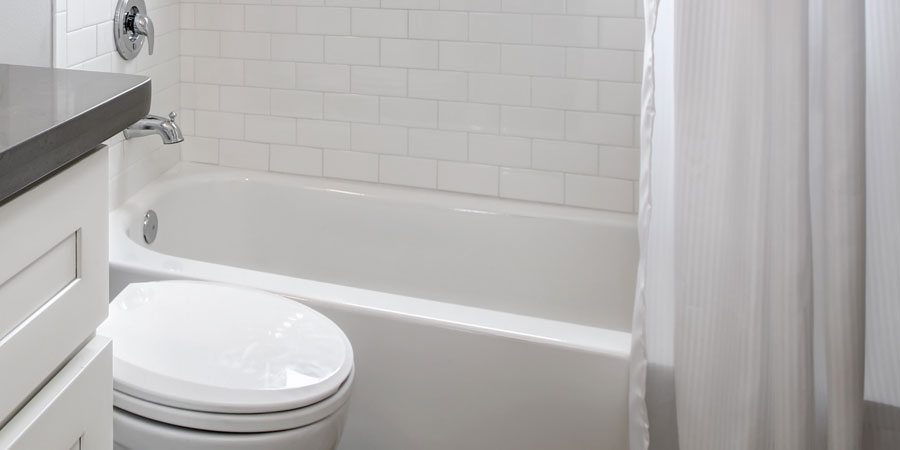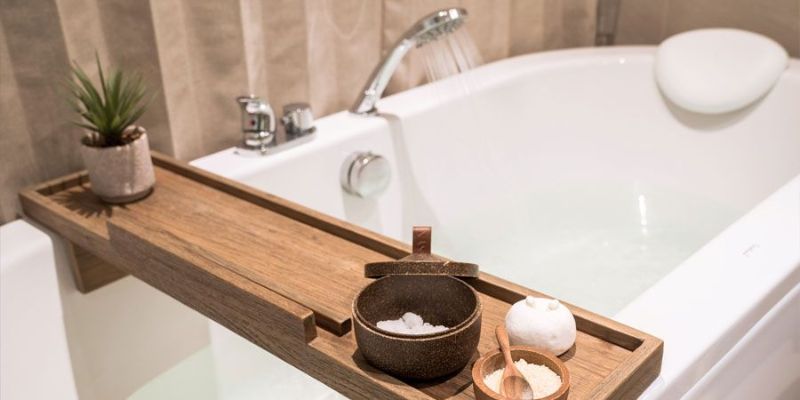A bathtub liner is a sheet of plastic that is formed in the shape of a steel or cast iron tub. In order to make the liner that will match your specific bathtub, the interior and exterior of your tub must be measured exactly to determine if the tub liner manufacturer has a mold of your tub. Bear in mind that there have been thousands of different metal bathtubs manufactured over the past hundred years, so often the liner will be close, but not an exact match to your bathtub. The new liner is then glued down over your tub.
Your bathtub will now look and feel like plastic, not glossy and hard like the original porcelain finish. Your tub will also be smaller because you are adding a thick skin on top of your old tub, now it is smaller. They also will take a long time to install because they are custom made in a factory, than shipped in. Bathtub liners can have a hollow feel because their is space between the liner and your tub. A bathtub resurfacing can be done in days not weeks.

Another reason to do bathtub refinishing instead of a bathtub liners, is that it may not fit properly, water can get between the liner and the tub wall. This water can get stagnant or possibly cause mold and mildew to begin to grow between the liner and your original bathtub. Some tub liners are attached with inferior adhesives that can fail and cause the liner to separate from the tub creating an unsightly, uneven look and feel.
A liner is costly when compared to bathtub reglazing. Not only will it save you money to do a tub resurfacing, but a liner can take weeks to measure, order, form and then install. A tub reglazing can be done in one day, saving you time and money and resulting in a more durable, porcelain-look finish.


 Facebook
Facebook
 Google
Google